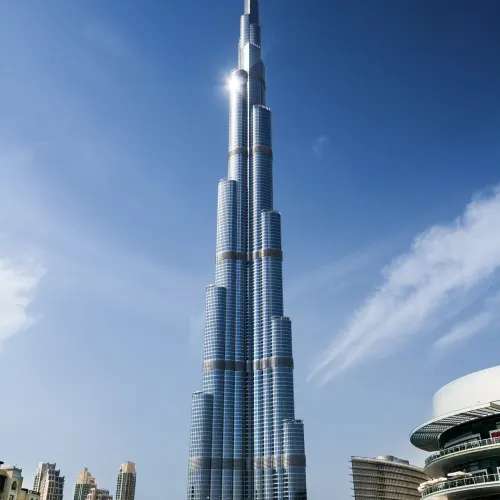The Karnak Temple
The Karnak Temple
‘Karnak’ is the current name bestowed upon the ancient site of the Temple of Amun located at Thebes—known as Luxor in modernity—in Upper Egypt. The Ancient Egyptians knew the site as Nesut-Towi meaning "Throne of the Two Lands", Ipet-Iset, "The Finest of Seats", Ipt-Swt, "Selected Spot" and also as Ipetsut, "The Most Select of Places".
The massive religious site is located on Luxor’s East Bank on the storied Nile. Luxor was once the capital of Egypt for more than 1500 years, dating back to 2055 BC.
What is the Temple’s Layout?
The largest enclosure belonging to Amun is made up of numerous pylons spaced out with open courtyards brimming with dazzling statues and obelisks. The hypostyle hall is closed off but sun filters through the small opening located at the top. In the junction between the two axes is an unrivaled view of the gorgeous obelisks erected in the 18th century.
What distinguishes the Karnak Temple from other temples in Egypt is the duration of which it was developed and used.
First Pylon:
Construction of the temples kicked off in the Middle Kingdom and continued well into the Ptolemaic period. More than thirty pharaohs helped build the massive complex giving its unparalleled size, complexity and diversity. The deities once worshipped rank among some of the earliest and most revered gods in ancient Egyptian mythology.
Built in the 25th Dynasty when the Kushites ruled over Egypt, the enormous First Pylon measures 113 in width with sturdy walls 15 meters thick, standing at a height of 43.5 meters high. It was never completed and parts of the scaffolding of the bricks are still visible today.
In front of the Pylon is a rectangular terrace which often flooded during antiquity as demonstrated by the marks that record the heights reached from the 21st to the 26th century.
Great Court:
Beyond the Pylon is the Great Court which dates back to the 22nd dynasty. It measures at 103 meters wide and 84 meters deep flanked with colonnades on both sides. The south colonnade is cut off by the beginning of Ramses III’s Temple.
In the northern corner of the court is a tiny temple of Seti II, composed of three chapels dedicated to Mut, Amun and Khons. The two pedestals situated in the heart of the court were previously used for statues.
Temple of Ramses III:
On the right side of the court is the Temples of Ramses III, dedicated to Amun, which many consider to be the best example of an Egyptian temple based off a unified plan.
Beyond the temple's Pylon is a Court flanked with covered passages on both sides, with roofs supposed by eight Osiris pillars.
On the east side of the court, a door leads into the Bubastid Hall decorated with detailed reliefs and inscriptions from the 22nd Dynasty.
RELATED TOURS
RECENT REVIEWS
What people say about us
© 2023 Copyright to Go Elite Club
terms and conditions



